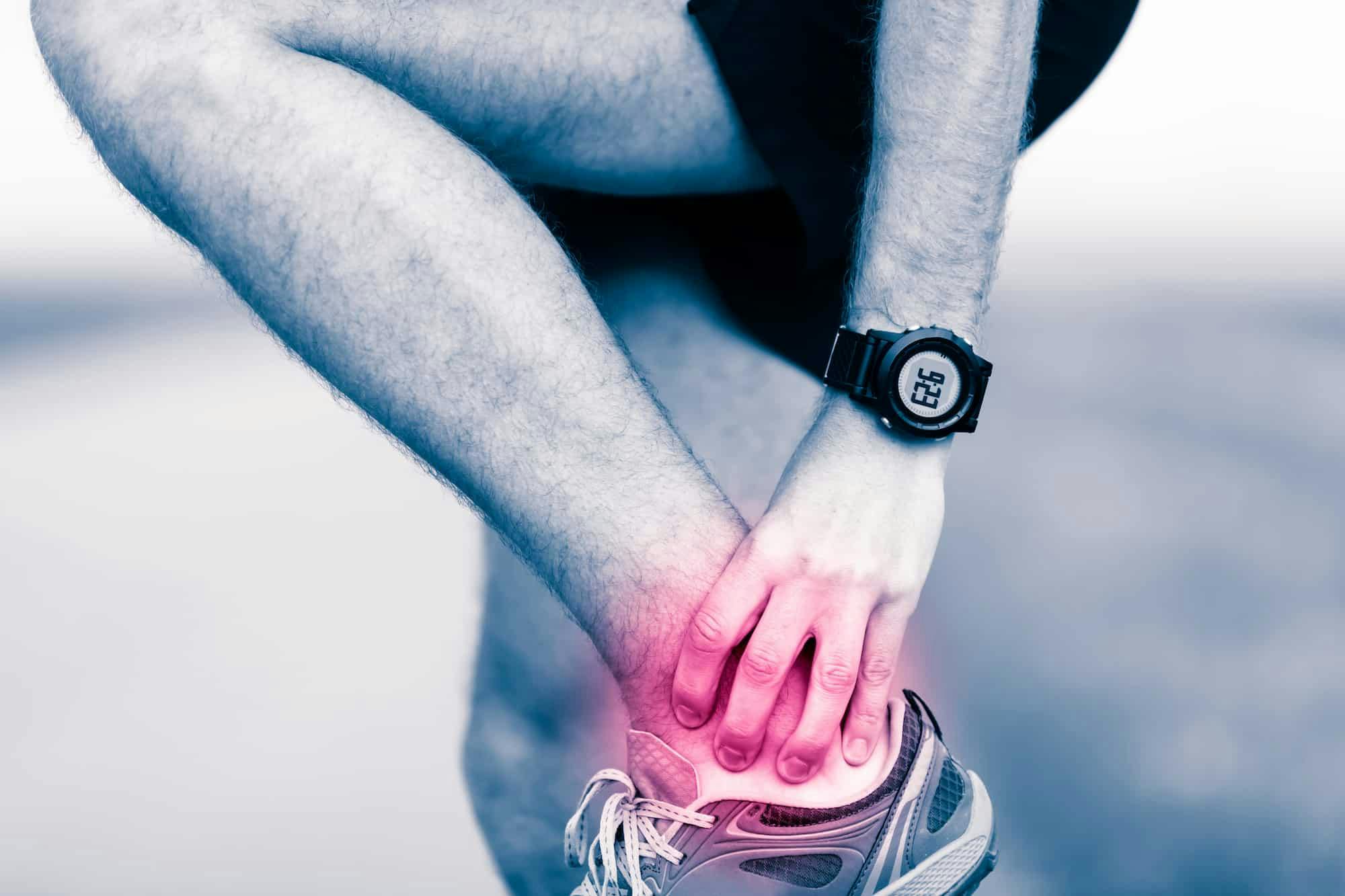- Blog
Who’s Playing on the Radio? Frequency Ablation COOLIEF!
Posted on 12-23-2025 in Minimally Invasive Surgery by Dr. Joshua Hackel

Posted on 12-23-2025 in Minimally Invasive Surgery by Dr. Joshua Hackel
Who’s Playing on the Radio? Frequency Ablation COOLIEF!
While surgery may be required to treat some common orthopaedic conditions, many patients could benefit from exploring minimally-invasive options before committing to surgery. A minimally invasive procedure is any treatment that requires no or very limited intrusion into the patient’s body; in sports medicine, that would typically include steroid or viscosupplementation injections, orthobiologic or regenerative medicine treatments, and non-surgical procedures like percutaneous tenotomy or radiofrequency ablation (RFA).
While it might seem counter-intuitive, many of these less-invasive procedures can have just as large of an impact on healing and recovery as more traditional surgical approaches. Furthermore, there are some major benefits to a minimally-invasive approach to treatment, like improvements in patient safety, recovery time and overall cost of treatment. One of the most common minimally-invasive procedures Dr. Hackel performs is called COOLIEF radiofrequency ablation, and it is used to treat the pain and immobility caused by arthritis.
How is radiofrequency ablation performed?
Radiofrequency ablation is a minimally-invasive, outpatient procedure designed to target the sensory nerves directly responsible for causing a patient’s knee or hip pain while leaving the surrounding tissues undamaged. Studies indicate that COOLIEF radiofrequency ablation provides patients suffering from chronic knee or hip pain, on average, twelve months of pain relief. The procedure is performed using fluoroscopic (x-ray) and ultrasound guidance to ensure the accuracy of the procedure.
At the beginning of a COOLIEF radiofrequency ablation procedure, Dr. Hackel will use advanced imaging techniques to identify and locate the sensory nerve(s) responsible for relaying pain signals from the hip or knee to the central nervous system. Once the targeted nerve has been located, Dr. Hackel will insert a COOLIEF radiofrequency device through the skin, placing it near the nerve. This device channels heat directly onto the nerve tissue, ultimately damaging it to the point that it can no longer relay pain signals to the spinal cord and brain. You will not lose sensation to the skin around the joint, nor will non-targeted tissues near the nerve be damaged. The procedure ultimately allows Dr. Hackel to safely target the sensory nerves responsible for your pain while leaving everything else unaffected.
What can radio-frequency ablation be used to treat?
While COOLIEF radiofrequency ablation can be used to treat a variety of conditions, Dr. Hackel uses it primarily in the treatment of hip and knee pain. COOLIEF can be used to block pain signals resulting from any kind of knee and hip pain, but it is most often used in the treatment of pain resulting from arthritis because there is very little that can be done to correct the anatomical deformities caused by arthritis short of a total joint replacement. Therefore, controlling the pain by preventing it from being relayed to the central nervous system is the most effective treatment option. Studies have shown that most patients who undergo the procedure report significant reductions in pain lasting up to twelve months with a single treatment. While pain reduction is the primary goal, COOLIEF radiofrequency ablation also helps improve overall mobility, as reducing pain helps patients move more freely.
Key benefits of radiofrequency ablation
There are a number of benefits to radiofrequency ablation in the treatment of knee and hip pain. One of the biggest benefits of radiofrequency ablation is that it can provide significant pain relief for up to twelve months with a single treatment. It is also a very safe procedure with very few side effects, and it does not require the use of narcotics before the procedure or during recovery. Because it is performed in an outpatient setting, recovery time is significantly less than surgery, and you can expect to be home in a matter of hours versus days. Finally, COOLIEF radiofrequency ablation is, generally speaking, covered by insurance and more affordable than more intense surgical interventions.
COOLIEF radiofrequency ablation is a very effective procedure that can be used to treat knee and hip pain caused by arthritis. The procedure is safe, long-lasting, and can be done using minimally-invasive techniques. If you are suffering from knee and hip pain caused by arthritis and want to explore minimally-invasive options before resorting to total joint replacement, COOLIEF radiofrequency ablation could be for you!
Sources
https://hackelmd.com/treatments/coolief-radiofrequency-ablation/
[About COOLIEF* Cooled Radiofrequency ablation for chronic knee pain](https://www.mycoolief.com/about/)

May is Arthritis Awareness Month, an opportunity to increase public understanding of arthritis and its impact on millions of lives. Established by the Arthritis Foundation, this national observance highlights the importance of early diagnosis, effective treatment, and ongoing research to improve the quality of life for those with arthritis.

With summer in full swing and children taking advantage of more time to participate in sports-related or other outdoor activities, it’s essential to be mindful of injury prevention while encouraging their interest in activities that don’t involve screen time!

May is National Arthritis Awareness Month, and of the more than 100 forms of this painful condition, many can affect the ankle. In fact, almost half of people in their 60s and 70s have arthritis of the foot and/or ankle, but not all of them have symptoms.